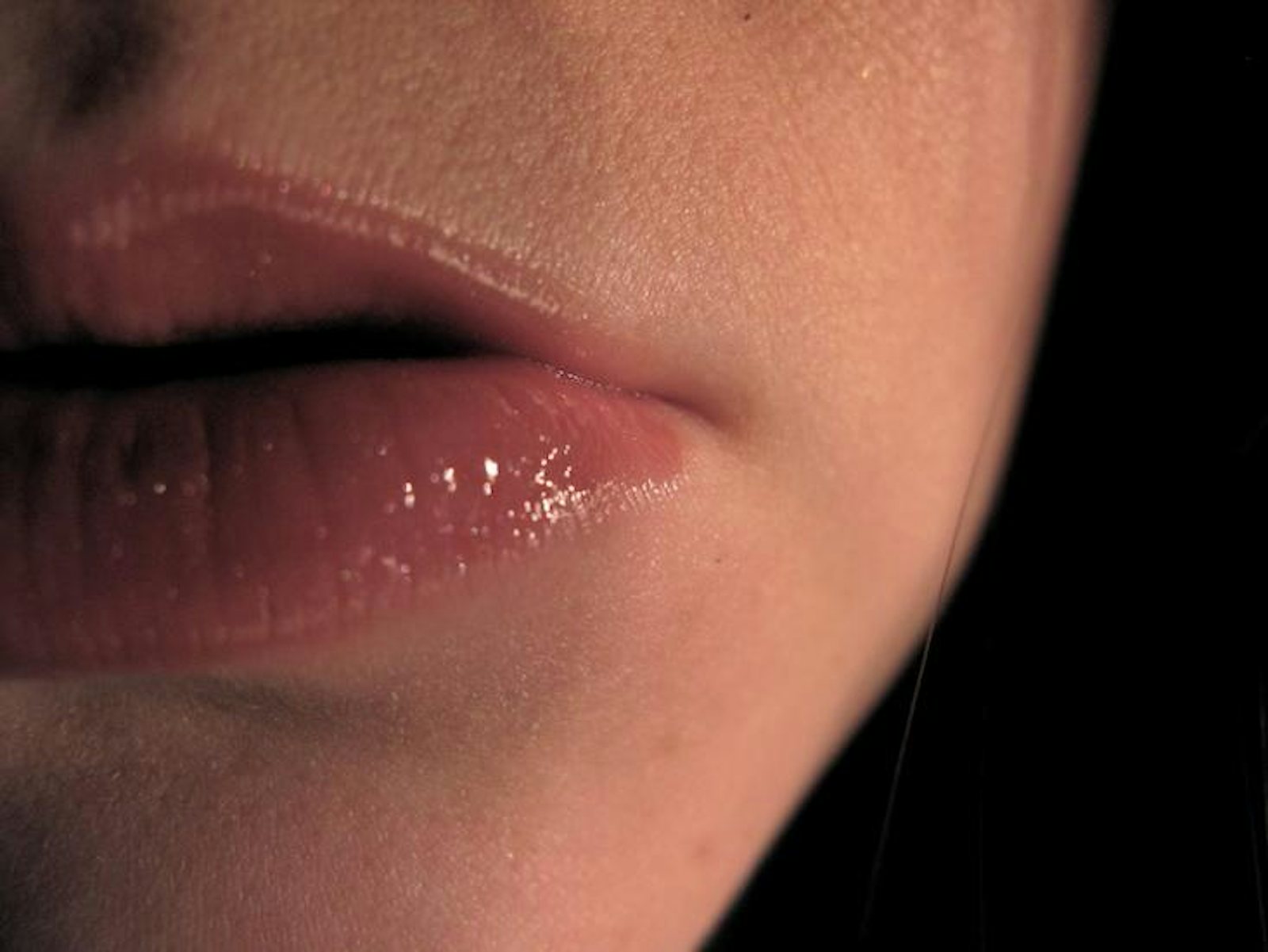In more ways than one, the tingles seem to be fading.
Just a few years ago, autonomous sensory meridian response (ASMR), a puzzling and blissful sensation, became the sudden focal point for a sizable Internet community. Practitioners liken it to a current of electricity running down the scalp and spine. Audiences marveled at online videos, the community’s primary artifacts, featuring earnest amateurs performing whispered role-plays and small, repetitive gestures designed to invoke the sensation in others. Specific triggers varied, but larger patterns emerged: haircuts, visits to doctors, even the gentle-hearted painting lessons of Bob Ross. Enthusiasts and bystanders alike speculated at length on the nature of this community, how and why it came to be.
More recently, our collective interest seems to have stagnated, as have the videos in basic style and structure. The output of the ASMR community persists, to be sure, new clips still gathering hundreds of thousands of views. But among subcultural spectators, ASMR has become a familiar curio on the digital media landscape, recognizable and thus—somewhat boring. Reports have also emerged of the sensation itself eroding at the individual level. This epiphenomenon has various names, but one of the more common ones is “ASMR immunity.” The term suggests an acquired resistance that is unforeseen and, by most accounts, quite sad. For those affected, the prickling delight they had, for many since childhood, seemed to ebb away when they turned their gaze toward it and, in the context of an online community, began to consider the feeling more deliberately.
The neurobiology that underlies ASMR remains opaque. Does ASMR immunity make it that much more difficult to understand? Or might we glean new insights into the phenomenon by thinking more deliberately about its loss?
Pornography may be the easiest analogy to draw. Those who lose ASMR typically blame its disappearance on excess, the result of watching too many triggering videos too quickly. The community has offered some solutions, usually favoring the strategy of periodic abstinence, a trigger holiday—take a month or so off to reset your switches and then try again. This maneuver has proven successful for many people, though others note that the tingles never quite recover their original intensity once immunity has begun to set in.
But the comparison to pornography is also the one that the community itself is, perhaps unsurprisingly, most inclined to reject. ASMR enthusiasts affirm that their sensations are categorically non-sexual (however flirtatious the postures of certain performers might seem). Still, ASMR immunity maps closely to longstanding fears about the degrading effects of pornography on sexual satisfaction. The writer Maria Konnikova recently reflected on the limitations of this theory, suggesting that the perceived link between explicit media and libidinal dysfunction might be tied to cultural modesty more than anything else. Anecdotally, though, the shared risk of becoming progressively desensitized reinforces the possibility that the thrills of ASMR and pornography might be lost and found along parallel reward circuits.
Drugs provide another potent analogy. Some members of the community do, after all, pursue the tingles for therapeutic purposes—the videos ease insomnia or tension headaches more effectively than any other intervention they’ve attempted. As a result, partaking in ASMR can become as ritualized as pills, consumed once every evening at bedtime. With varying degrees of intended hyperbole, many enthusiasts have declared themselves “addicted.”
In this context, a diminished ASMR response mirrors the problem of tolerance that occurs with neuroactive compounds like alcohol, opiates, or benzodiazepines. We can imagine the tingles’ waning intensity to correspond with the gradual up-regulation of hidden receptors, necessitating escalating doses in order to achieve the same response.
If being closed off to ASMR can be called an “immunity,” then perhaps ASMR itself can be analogized to a disease, and thereby be prone to the same aesthetic consideration that Susan Sontag described in her 1978 book Illness As Metaphor. She argued that physical sensitivity has often been conflated with emotional sensitivity—the charms of the latter are somehow working to elevate the drawbacks of the former. With respect to ASMR, though, the prospect of immunity seems to neutralize both.
To ASMR skeptics, those who use ASMR-inducing videos to replicate feelings of personal intimacy might seem to be lonely or frail. ASMR enthusiasts don’t necessarily agree with this assessment, but they do seem comfortable, in general, with being identified as psychologically eccentric. From the outside, to the uninitiated, then, ASMR immunity might look like a welcome return to normalcy: the restoration of expected patterns of social engagement, a straightening out of one’s neural architecture.
Inside the community, though, it prompts real mourning—for the miraculous medicine that’s fallen out of the cabinet, for the strange little ghosts exiting the machine.
Nitin K. Ahuja is a gastroenterology fellow at the Johns Hopkins Hospital in Baltimore, Maryland.
The lead photograph is courtesy of Miranda Granche via Flickr.






























